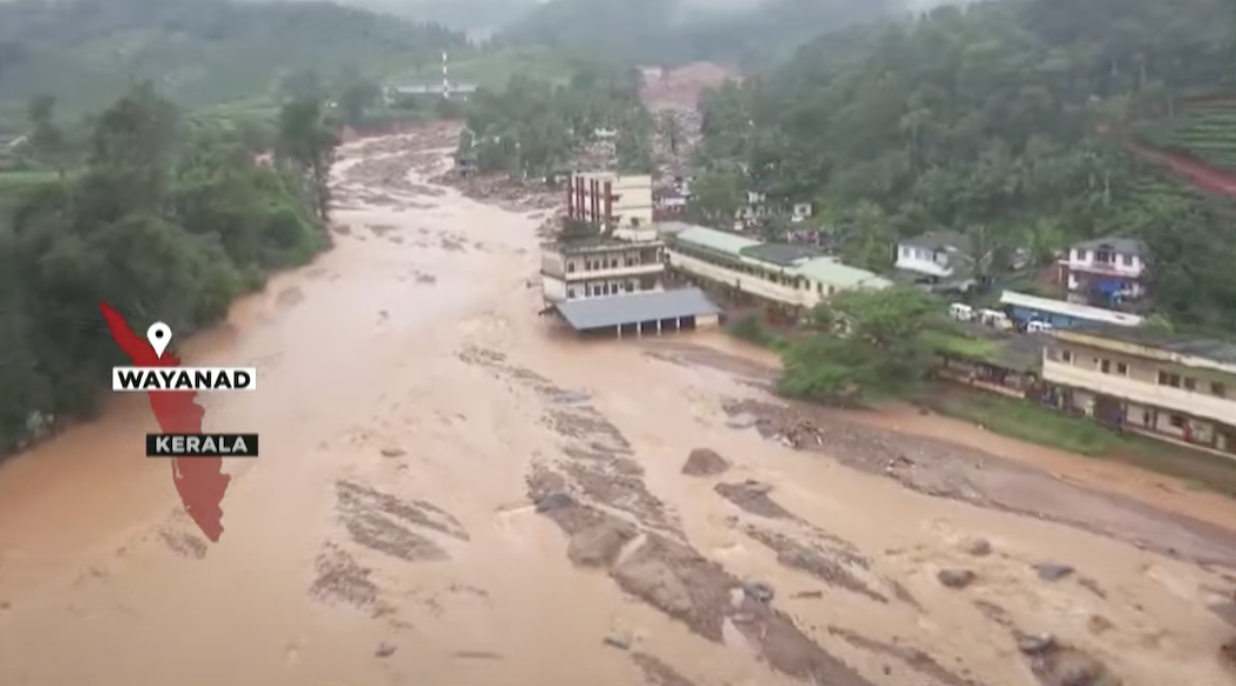In Kerala’s Wayanad district, a catastrophe akin to the Kedarnath tragedy unfolded recently. Massive landslides ravaged four villages, displacing thousands and leaving a trail of destruction within a mere four hours. Torrential rains triggered this calamitous event, which devastated the region and plunged it into chaos.
Villages Vanished in Hours
The unyielding force of nature was on full display as mudslides, carrying massive boulders and uprooted trees, swept through the area. Families barely had time to react as their homes were engulfed. Panic and confusion reigned supreme as residents tried desperately to escape the encroaching disaster. The speed and intensity of the landslides were such that entire villages were buried under debris in a matter of hours.
Immediate Response and Rescue Efforts
Rescue teams mobilized swiftly, braving the hazardous conditions to reach stranded survivors. Helicopters and boats were deployed, navigating treacherous terrain and flooded areas. Volunteers and local authorities worked tirelessly, often putting their own lives at risk. Despite their valiant efforts, the scale of the disaster presented immense challenges, with many areas remaining inaccessible.
Impact on the Community
The human cost of this disaster is heart-wrenching. Families have been torn apart, with many still searching for missing loved ones. The psychological trauma experienced by the survivors is profound, as they grapple with the loss of their homes, possessions, and community. The region faces a long and arduous road to recovery, with rebuilding efforts hampered by ongoing weather conditions and logistical challenges.
Lessons and the Path Forward
This tragedy underscores the urgent need for improved disaster preparedness and infrastructure in vulnerable regions. Authorities must prioritize the development of early warning systems and robust evacuation plans. Additionally, there is a critical need for sustainable land management practices to mitigate the impact of such natural disasters in the future.



